How to Play
Whether you are playing online poker or live in a poker room, you will almost always be able to find a game of Texas Hold’em poker. From the first iteration of modern poker, estimated to have been played in the early 1800’s on the Steamboats of the Mississippi and in the saloons of the Old West, to the modern face of online poker, the game of poker is known worldwide and Texas Hold’em stands atop the mountain of variations. Seconds to learn, a lifetime to master, the unlimited excitement will keep you learning hand after hand.
You’ve seen it played on TV, watched highlight clips on various social media platforms, talked about it with your friends and now you want to learn how to play Texas Hold’em poker.
To succeed at Texas Hold'em or any other poker games, you need to understand the rules. Regardless if you are a complete beginner trying to understand the basic rules of how to play, or a veteran looking for a quick refresher course, GGPoker is here to help. As you begin your journey or continue down your path, here are rules for the poker game of Texas Hold’em. Armed with this knowledge you are on your way to develop your own strategy and style of play.
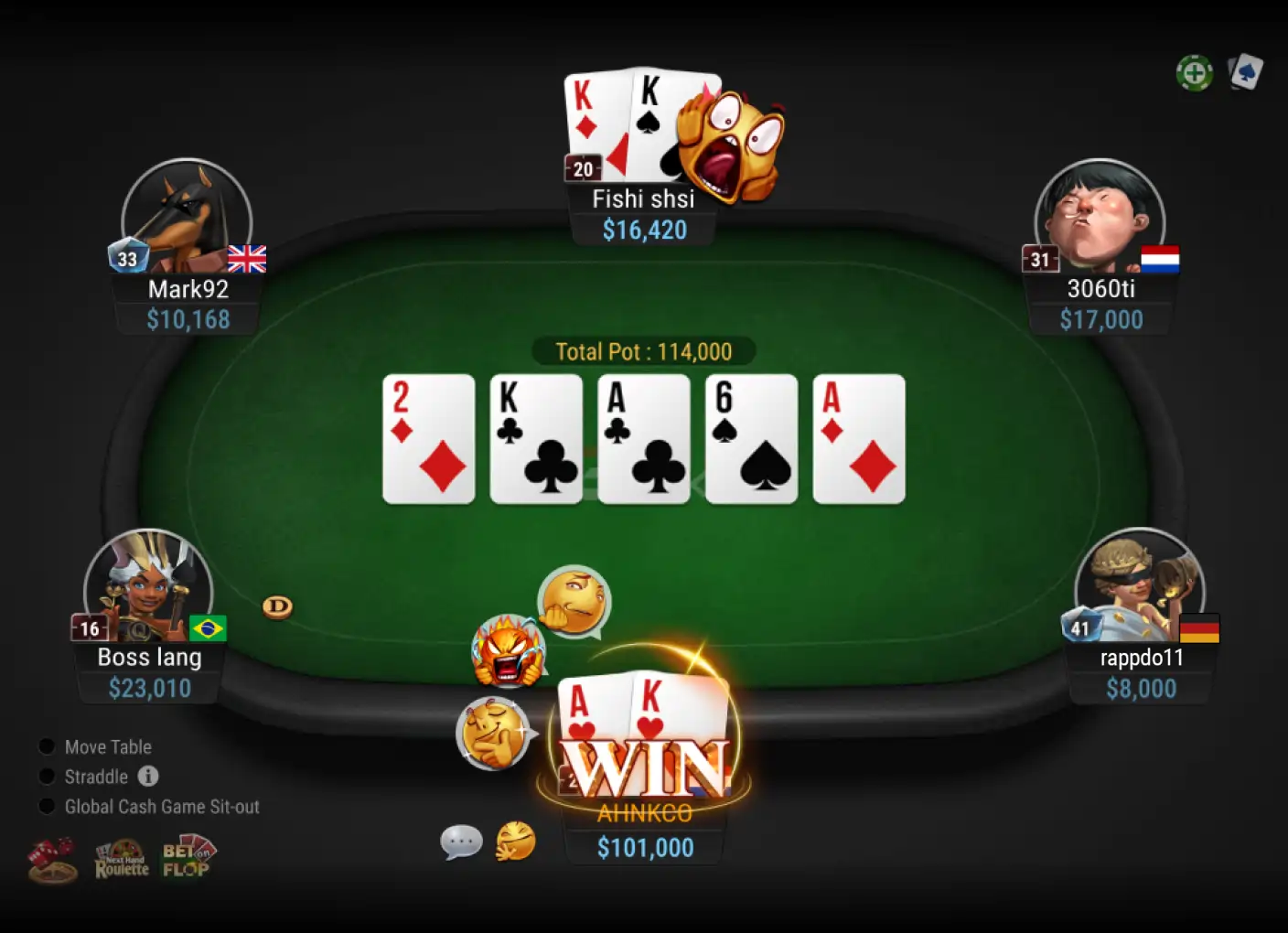













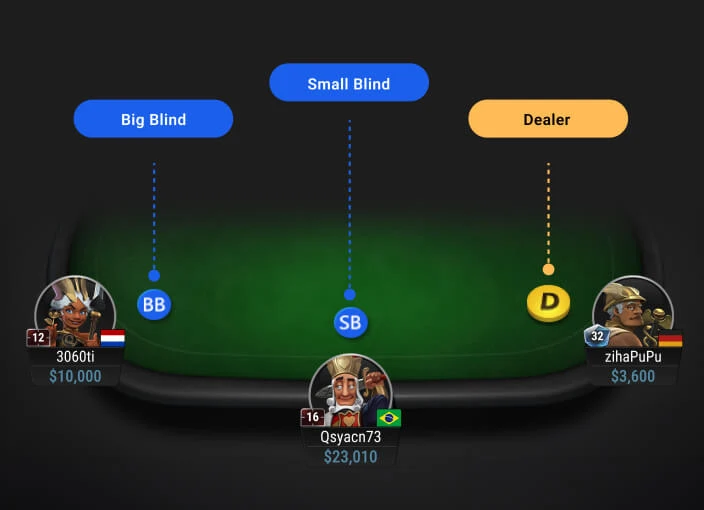

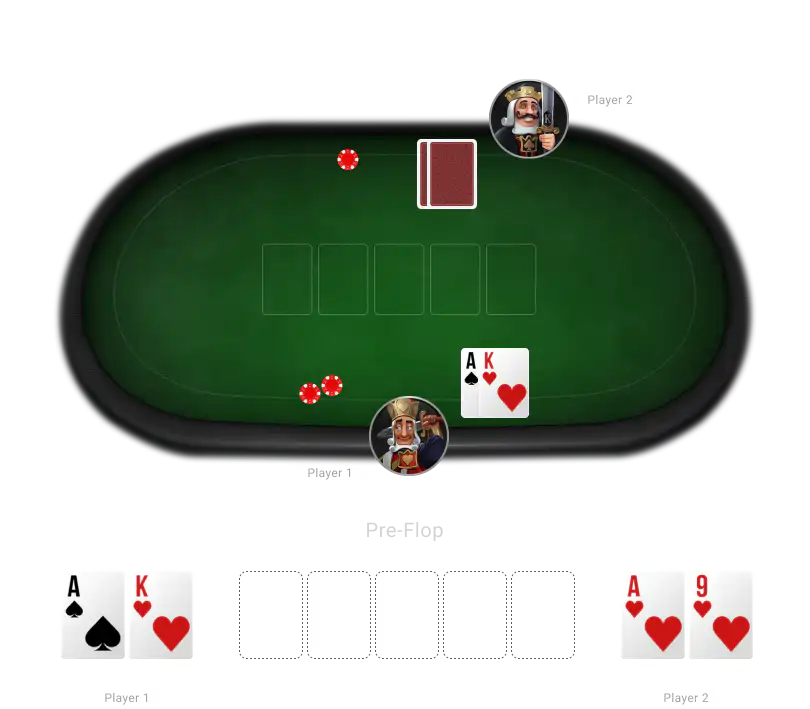
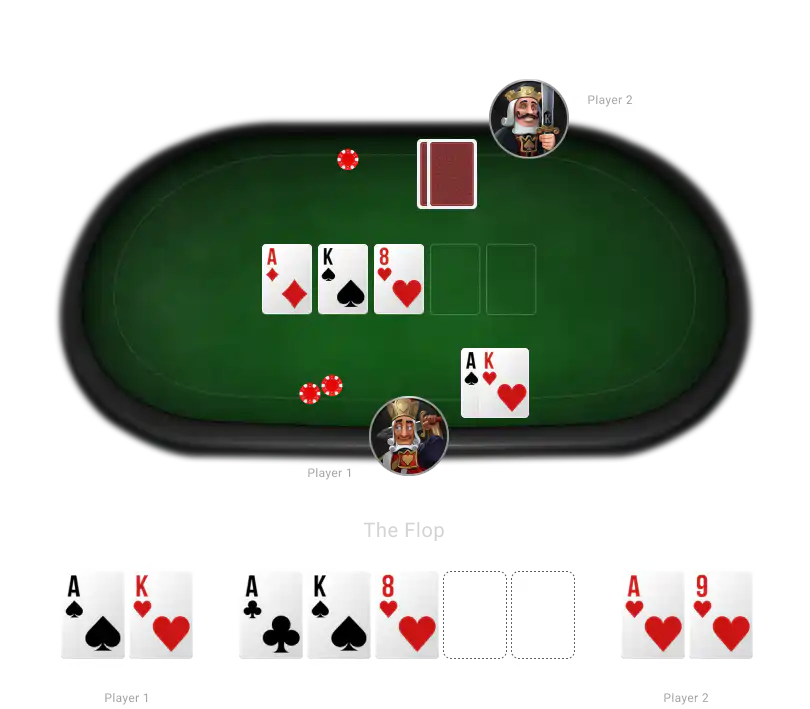
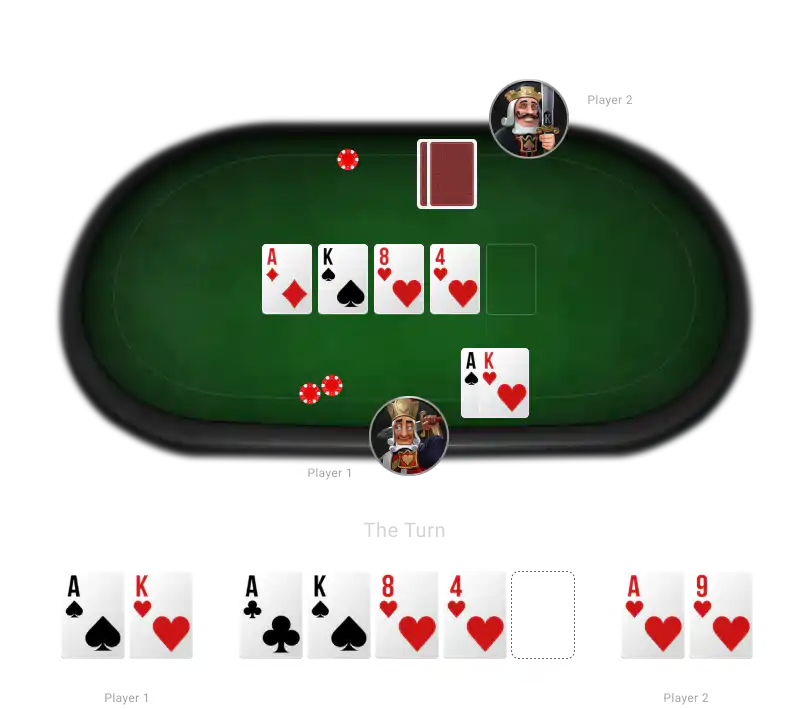
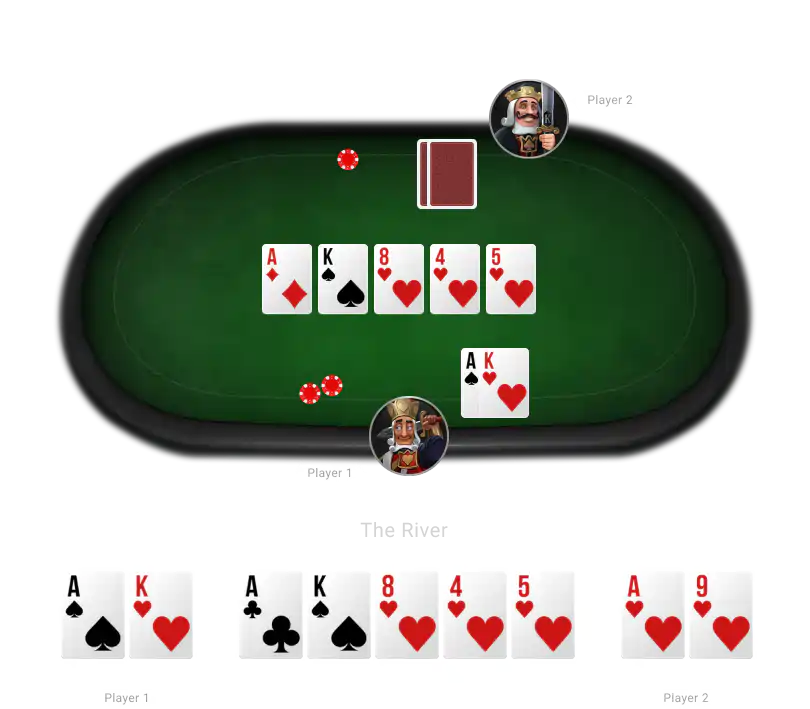

 The Flop
The Flop The Turn
The Turn The River
The River